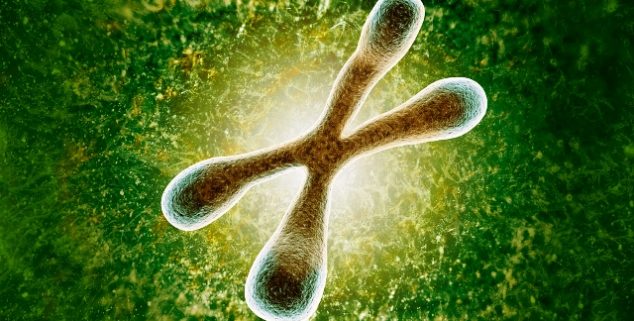The $3 billion California stem cell agency this week welcomed the first members of its “Great Ideas” club and gave them a total of nearly $4 million to pursue the scientific gleams in their eyes.
Nineteen researchers received awards at a meeting yesterday of the governing board of the agency. They were the first such grants approved by the nearly 12-year-old enterprise.
Writing on the agency’s Stem Cellar blog, Kevin McCormack, senior director of communications, said, “The goal…is to provide seed funding for great, early-stage ideas that may impact the field of human stem cell research but need a little support to test if they work. If they do work out, the money will also enable the researchers to gather the data they’ll need to apply for larger funding opportunities, from CIRM and other institutions, in the future.”
Basically, all the applicants had to do was demonstrate was a “strong scientific rationale.” The awards were small, only a maximum of $150,000 each, with overhead costs at recipients’ institutions adding as much as $87,000 more, depending on the institution. Agency employees have used terms like “big ideas” and “great ideas” to describe the grant round.All but one of the recipients came from institutions with ties to members of the agency’s governing board. About 90 percent of the $1.9 billion the agency has awarded has gone to institutions with links to board members, who, however, are not permitted to vote on grants to their institutions.
Randy Mills, president of the California Institute for Regenerative Medicine (CIRM), as the Oakland-based agency is formally known, said in a news release:
“This is a program supporting early stage ideas that have the potential to be ground breaking. We asked scientists to pitch us their best new ideas, things they want to test but that are hard to get funding for. We know not all of these will pan out, but those that do succeed have the potential to advance our understanding of stem cells and hopefully lead to treatments in the future.”
Here are three examples of the type of work involved:
—
Alysson Muotri at
UC San Diego plans to examine treatments for inflammation of the brain, which is an important component of such afflictions as Alzheimer’s, autism, Parkinson’s, lupus and multiple sclerosis.
–Stanley Carmichaelat
UCLA wants to see if reprogrammed adult stem cells can help repair damage caused by strokes.
–Holger Willenbring at
UC San Francisco is looking at creation of mini livers with stem cells to help patients waiting for liver transplants.
—
Ed’s Note: David Jensen is a retired newsman who has followed the affairs of the $3 billion California stem cell agency since 2005 via his blog, the California Stem Cell Report, where this story first appeared. He has published more than 4,000 items on California stem cell matters in the past 11 years.
Want to see more stories like this? Sign up for The Roundup,
the free daily newsletter about California politics from the editors of Capitol Weekly.
Stay up to date on the news you need to know.
Sign up below, then look for a confirmation email in your inbox.


Leave a Reply